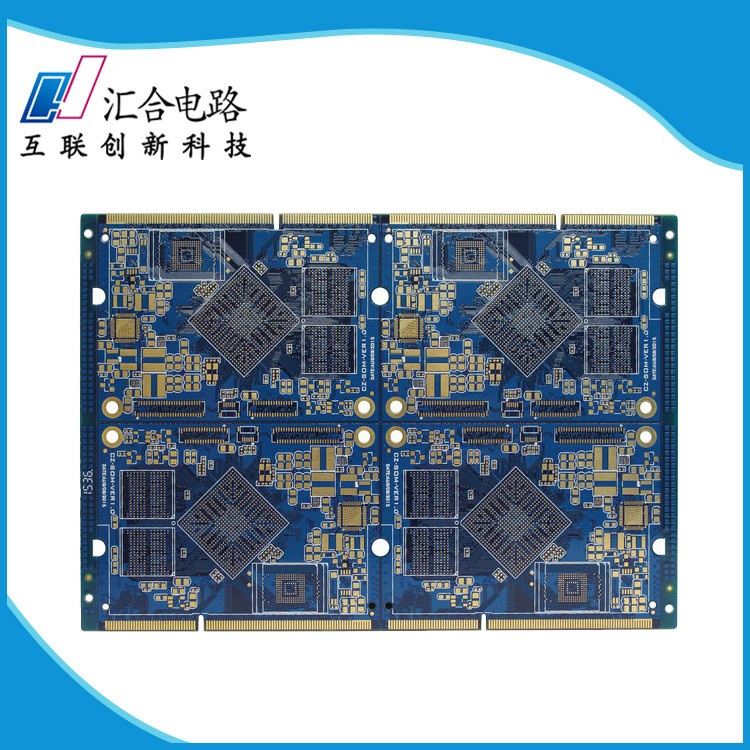最老的pcb使用的成品是60Sn/40Pb焊料(在中等温度下容易焊接,但含铅)和OSP(非常平坦的SMT焊盘,但保质期短)。这些是工业的支柱,因此深圳pcb打样加工设备、焊膏、焊剂、焊料掩模、甚至模版油墨被设计成处理这些加工轮廓。
The move to RoHS in Europe and later in the US (except for some mil spec and medical applications) resulted in development of lead-free SnAgCu solders based on tin with additions of silver and copper and with traces of bismuth, indium, zinc, and antimony. These pass the government RoHS regulations and after process development to minimize the growth of tin whiskers have become the mainstay of the industry. Initially the higher soldering liquidus temperature led engineers to specify high glass transition composite substrates (Tg 170-180°C) but careful attention to reflow profiles allowed a return to the less expensive standard Tg 135°C FR4 materials. Since the world industry has moved further toward RoHS many circuit board manufacturing plants have standardized on Pb-free HAL and no longer cost that surface at a premium. Indeed some have scrapped HASL entirely and subcontract that finish resulting in a cost premium for leaded solder.
欧洲和美国的RoHS转移(除了一些MIL规范和医疗应用之外)导致了基于锡的无铅SnAgCu钎料的发展,添加了银和铜以及痕量的铋、铟、锌和锑。这些通过政府RoHS法规,并经过深圳pcb打样工艺开发,以尽量减少锡晶须的生长已成为该行业的支柱。

最初,较高的焊接液相线温度导致深圳pcb打样工程师指定高玻璃化过渡复合基板(TG 170~180°C),但仔细关注回流曲线允许返回到较便宜的标准Tg 135°C FR4材料。
由于世界工业进一步向RoHS迈进,许多深圳pcb打样电路板制造厂已经对无铅HAL进行了标准化,不再费力地购买该表面。事实上,有些公司已经完全取消了HASL,并完成了外包,导致含铅焊料的成本溢价。
相关阅读:深圳pcb打样厂家为大家介绍插入式封装【汇合】